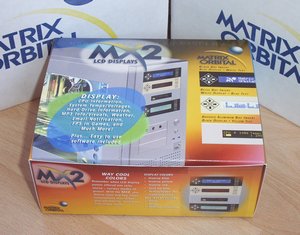To provide the best experiences, we use technologies like cookies to store and/or access device information. Consenting to these technologies will allow us to process data such as browsing behaviour or unique IDs on this site. Not consenting or withdrawing consent, may adversely affect certain features and functions.
The technical storage or access is strictly necessary for the legitimate purpose of enabling the use of a specific service explicitly requested by the subscriber or user, or for the sole purpose of carrying out the transmission of a communication over an electronic communications network.
The technical storage or access is necessary for the legitimate purpose of storing preferences that are not requested by the subscriber or user.
The technical storage or access that is used exclusively for statistical purposes.
The technical storage or access that is used exclusively for anonymous statistical purposes. Without a subpoena, voluntary compliance on the part of your Internet Service Provider, or additional records from a third party, information stored or retrieved for this purpose alone cannot usually be used to identify you.
The technical storage or access is required to create user profiles to send advertising, or to track the user on a website or across several websites for similar marketing purposes.
 LCDC is an application that displays information on your LCD or VFD screen. At present it is geared towards powering the Matrix Orbital products as these have some great features like GPO (General purpose outputs, that can be use to turn things on and off!) and Keypad connectivity.The number of things that LCDC can do is expandable by Plugins that add functionality to the application and hopefully new plugins will be added at various intervals to add even more functionality. Also the Delphi 5 source code for a blank plugin is available, so for the brave of heart you can add and write your own plugins!
LCDC is an application that displays information on your LCD or VFD screen. At present it is geared towards powering the Matrix Orbital products as these have some great features like GPO (General purpose outputs, that can be use to turn things on and off!) and Keypad connectivity.The number of things that LCDC can do is expandable by Plugins that add functionality to the application and hopefully new plugins will be added at various intervals to add even more functionality. Also the Delphi 5 source code for a blank plugin is available, so for the brave of heart you can add and write your own plugins!

